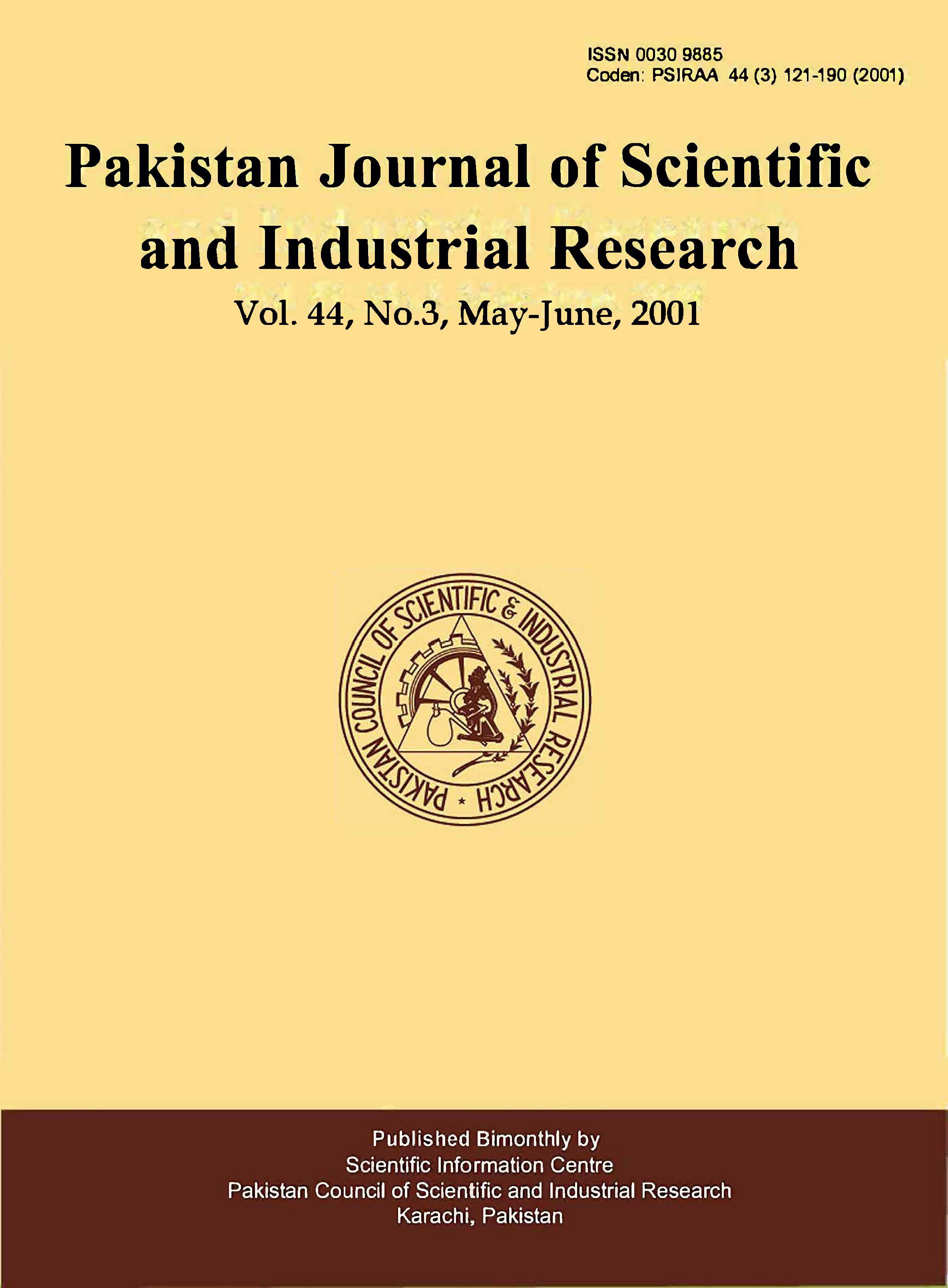?CURING OF NATURAL RUBBER AND EpOXY ADHESIVE
Keywords:
Key words: Wood adhesives, Natural rubber, Epoxy resin, Ethylene diamine, Maleic anhydride, Resole phenol formaldehyde, Ultraviolet curing, Thermal curing.Abstract
Low molecular weight epoxy resin based on diglycidyl ether of bisphenol A was synthesized and mixed at constant
percentages with natural rubber. The rubber/epoxy system was cured with various types of curing agents such as
ethylene diamine, maleic anhydride as well asthe preparedresole phenolformaldehyde.Astudyof thephoto-induced
crosslinking ofthepreparedelasticadhesivesandfilmsampleswascarriedoutbyexposuretoultravioletlamp(300W)
for 2 weeks at 20°e. Samples containing ethylene diamine were cured at 2S±1°C for 24 h while samples containing
maleic anhydrideor resolephenolformaldehyde resins werethermallycuredat ISO-170°Cfor 10min.Cured adhesive
compositions were tested mechanically and physically and evaluated as wood adhesives. While hardness, chemical
resistance as wellasheatstabilityofthepreparedcuredfilmsampleswereinvestigated.The obtaineddata indicatethat
the highest epoxy resin content and the presence of resole phenol formaldehyde resin in compositions improve the
tensile strength and adhesion properties on wood. While their cured film samples have the best hardness properties,
chemical resistance andheat stability.


